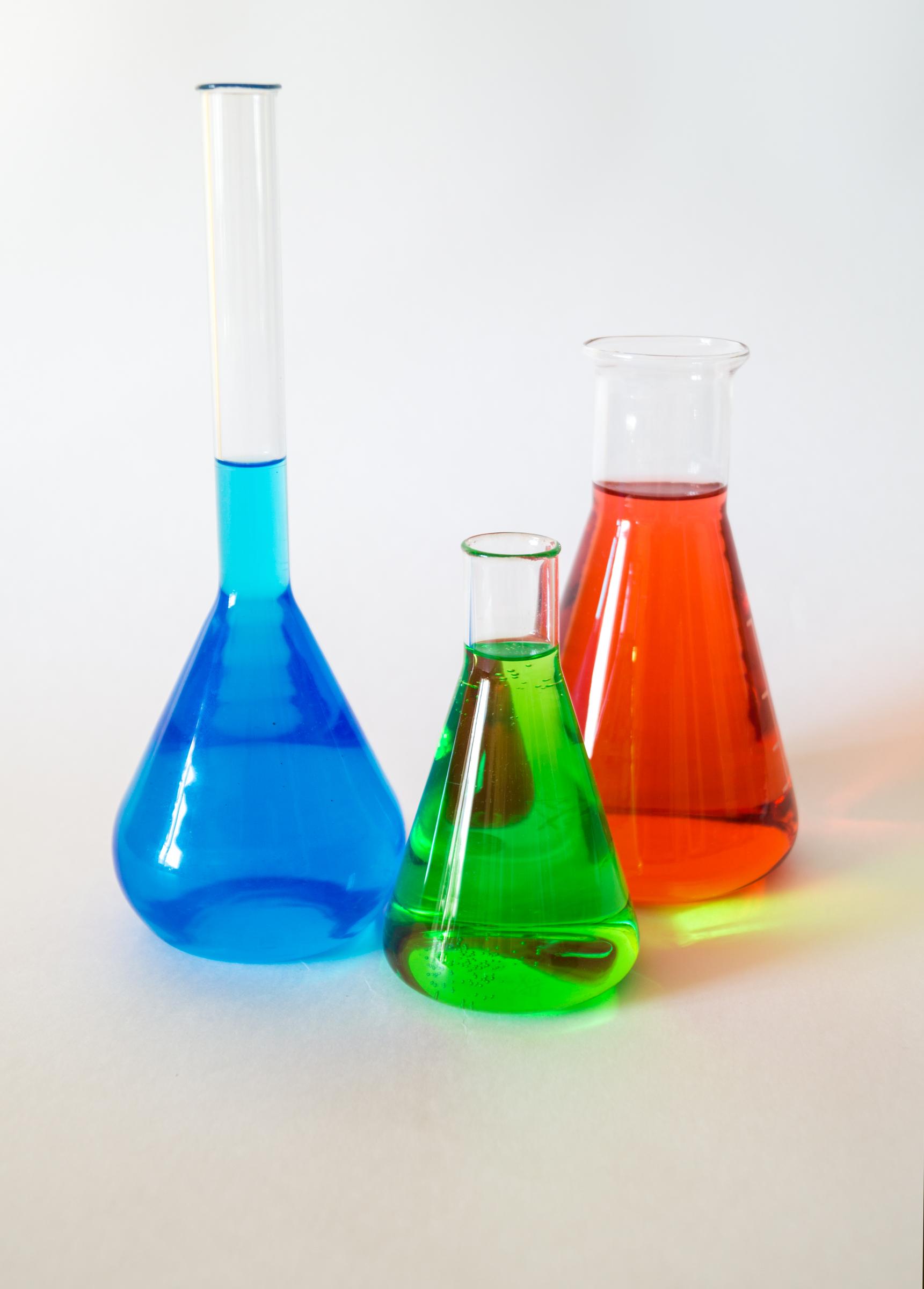Science

In Term One, we looked at Solids, Liquids and Gases in Chemical Science. We investigated the properties of these materials, and how they can be changed, particularly by temperature.
In Term Two, we will be studying Physical Science, with each area looking at different aspects of this.
Grade 1/2 - Our Science Unit this term is called Push Pull, and looks at the forces used in most of what we do. Forces are at work in everything we do – we push to open doors, and pull to tie ropes. Gravity pulls on things to make them fall down or to keep them down. Scientists and engineers study forces to design better bridges and faster aeroplanes, and to reduce the forces that impact on people in car accidents.The Push-pull unit provides the opportunity for students to explore pushes and pulls. Through investigations, students observe and gather evidence about how these forces act in air and water, and on the ground. Students identify the effect of the pull of gravity and learn that both air and water can ‘push'.
Grade 3/4 - Magnets play a more important and often unseen role in our daily lives. Many common household items have magnets in them and are part of what makes these items work. We use magnets to hold cupboard doors shut. Electronic devices such as washing machines, telephones and sound systems have magnets in them. We entrust key information to a pattern of magnetisation on our credit cards and in our computers. Magnets help recycling centres to triage materials and large ones can be used to pick up cars.Our science unit this term is called Magnetic Moves and provides opportunities for students to explore how magnets exert a force on certain objects and how that force affects the object. Through hands-on experiences, students identify the materials that magnets attract, their poles and magnetic fields, the distance at which they act, and how the pull of magnetism is different from the pull of gravity.
Grade 5/6 - Access to safe, reliable electrical power has revolutionised our lives in countless ways. With a flick of a switch we complete a circuit, allowing electrical energy to be transferred and transformed into light in our lamps and televisions, heat in our toasters and electric blankets, sound in our radios, and motion in our dishwashers and blenders.The Circuits and Switches unit provides hands-on investigations, as students explore simple circuits and their components, including batteries, bulbs and switches to explain how a torch works. They discuss sources of electrical energy, and time permitting will plan, make and appraise a model incorporating an electrical circuit with a switch.
In weeks 1-3, we watched brief video clips and students demonstrated their knowledge of electric circuits by drawing, labeling and writing about them.